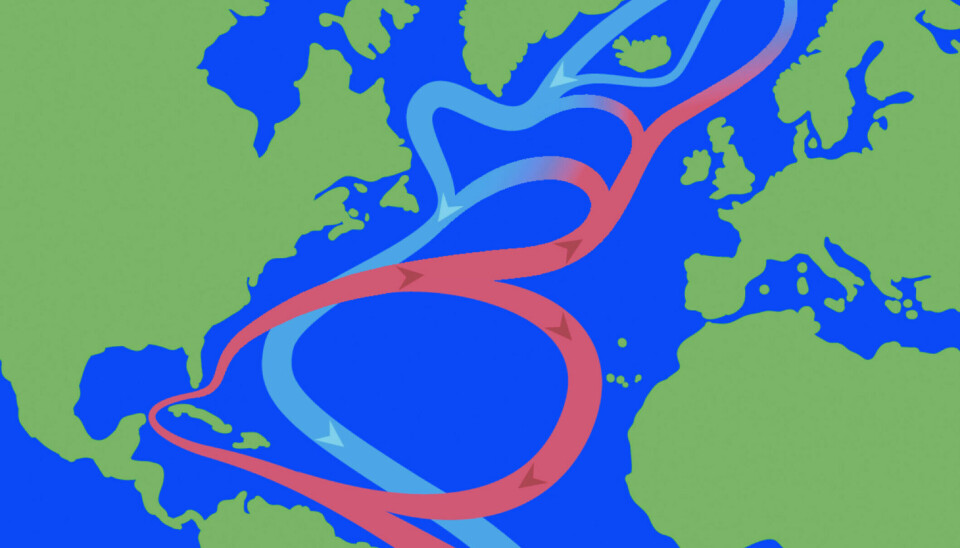
What exactly is the Gulf Stream?
ASK A RESEARCHER: Situated far north, Norway enjoys relatively mild summers, where people can enjoy outdoor activities in t-shirts and swim in the ocean, thanks to the Gulf Stream.
Norway is one of the few countries bordering the cold Arctic – the eternal snow cap on top of the globe.
Nevertheless, Norwegians can enjoy outdoor activities in t-shirts and swim in the ocean during summer.
This might raise eyebrows, but the explanation lies 8,000 kilometres away.
Transports heat
This is where the Gulf Stream starts – a strong and warm ocean current.
Originating in the Gulf of Mexico, this current carries warm water up towards Florida and continues its journey northward, eventually reaching Norway.
The ocean currents bring enormous amounts of warm water northwards, significantly influencing our atmospheric temperature.
While both Norway and Greenland share similar northern latitudes, but the Gulf Stream’s influence results in warmer conditions in Norway.
This warm, saline current also prevents the freezing of Norwegian coastal waters and oceans during winter.
3 billion litres every second
“How does this current travel all the way from Mexico to Norway?”
“Wind plays a crucial role,” Lars H. Smedsrud says.
He is a researcher at the University of Bergen who studies the Gulf Stream.
The concept of wind moving such a massive volume of water may seem puzzling.
“Imagine standing by a dock when the wind picks up, creating powerful, wave-driven currents,” he says.
The current is strongest and fastest near New York in the USA.

“There, 3 billion litres of water pass by every second,” he says.
That’s as much as 365,000 trucks per second.
Follow the Gulf Stream yourself
In Norway, we often refer to it as the Gulf Stream, but more accurately, it’s the North Atlantic current.
“Norway gets around a third of the Gulf Stream’s volume,” Smedsrud says.
Here you can watch the Gulf Stream live.
Click on earth > ocean > animate currents > SST.
“This shows the cold water in blue and warm in green, displaying live currents,” he says.
An additional force
The wind pushes the warm water towards us, but there’s another driving force.

Together, they sustain the Gulf Stream’s vortex-like circulation.
“As the warm, saline water reaches the north, it cools,” Smedsrud says.
Cold water is heavier, so it sinks down towards the ocean floor here in the north.
This cold, heavy water replaces the lighter, warmer water. The current continues in a circle.
The current flows along the Norwegian coast and returns down past Iceland and Greenland.
Could the Gulf Stream disappear?
“Some experts hypothesise a potential collapse of the Gulf Stream. Would that lead to extreme cold in Norway?”
“The idea that Norway could suddenly experience severe and destructive cold temperatures is complete nonsense,” Smedsrud says.
He predicts a slight decrease in water volume from the Gulf Stream to Norway over time, but global warming is expected to increase global temperatures.
“The real concern with climate change lies in the warming of already warm regions. There’s no immediate threat of Norway experiencing colder temperatures,” Smedsrud says.
———
Translated by Alette Bjordal Gjellesvik
Read the Norwegian version of this article on ung.forskning.no
































